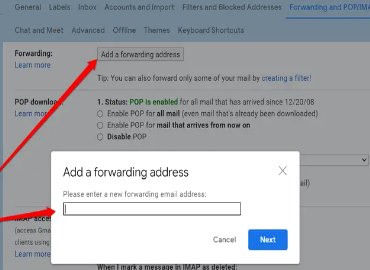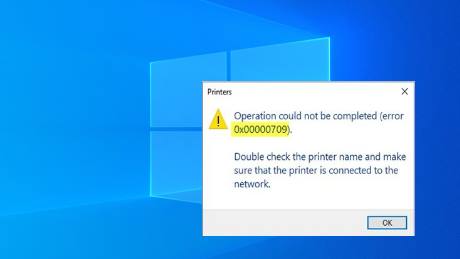NYC Blog
Weight Loss
Share

The Zone Diet Plan Review and Foods

The Zone Diet: Pros, Cons, and How It Works
Wegight Loss Management
The Zone Diet is a low-glycemic diet that restricts carbohydrates to 35–45 per cent of calories per day and protein and fat to 30 per cent per day.
It advises eating only low glycaemic index carbs (GI).
The GI of a diet is an indicator of how much your blood glucose levels would rise after intake.
The Zone Diet was originally intended to minimise diet-induced inflammation, cause weight loss, and reduce your risk of chronic disease.
How this works
The Zone Diet advises combining each meal with 1/3 protein, 2/3 colourful fruits and vegetables, and a splash of fat, i.e. monounsaturated oil, such as olive oil, avocado or almonds.
It also restricts high GI carbohydrates, such as bananas, rice and potatoes.
Weight loss
research on low-GI diets is fairly contradictory. Although others claim the diet encourages weight loss and decreases appetite, some see very little weight loss relative to other diets.Other advantages
The biggest advantage of this diet is the lowering of risk factors for heart failure, such as decreased cholesterol and triglycerides.
One research suggests that Zone Diet may improve blood sugar control, reduce waist circumference, and reduce chronic inflammation in overweight or obese individuals with type 2 diabetes.
The downside
one of the few disadvantages of this diet is that it reduces the intake of certain good carbohydrate sources, such as bananas and potatoes.
SUMMARY
Studies on the weight loss effects are contradictory, but diet increases certain essential health metrics and reduces the risk of heart disease.Menu Items
Latest Post
/Latest News
/Latest News
/Latest News
/Latest News
/Best New York attractions
 ( 5 ) by 1 User(s).
( 5 ) by 1 User(s).



